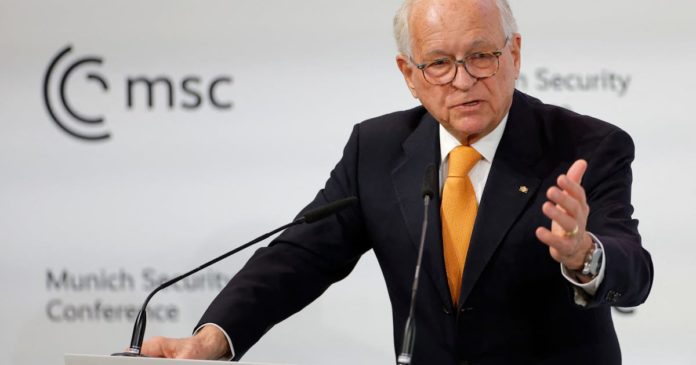Talking with POLITICO on the margins of the recent annual Yalta European Strategy conference, a high-level gathering of Ukrainian and Western leaders and officials, Ischinger, added with a chuckle: “Of course, as many of my friends remind me, the problem, is that if you paint a red line you’ve got to stick to it. You can’t do what Barack Obama did with his Syrian red line against the use of chemical weapons, which he then didn’t enforce.”
Ischinger is no warmonger. His thinking is also bent towards kick-starting peace negotiations and how to shape the circumstances for a resolution to the war which maintains Ukraine’s independence and sovereignty and advances its ambitions to join the European Union. He sees India’s prime minister, Narendra Modi, as someone who can play a key role as an intermediary in a contact group, which would need to include the Europeans, the Chinese, the Saudis, Qataris and Turks.
Ischinger held a meeting with Ukrainian President Volodymyr Zelenskyy earlier this month to discuss a follow-up peace summit to the one held in Switzerland in June. That summit involved a hundred countries and organizations but without Russian or Chinese participation. China refused to attend due to Russia’s absence and instead pitched an alternative peace plan.
Kyiv is planning to arrange a second global peace summit before the end of 2024 and hopes to develop a new joint peace plan based on Zelenskyy’s long-standing 10-point peace proposal.
‘Russians do respect strength’
Ischinger has deep experience in getting warring parties to talk, having been a German negotiator during the Balkans wars, working alongside the likes of America’s Richard Holbrooke in the 1990s. But he doesn’t underplay the importance of negotiating from a position of strength.


